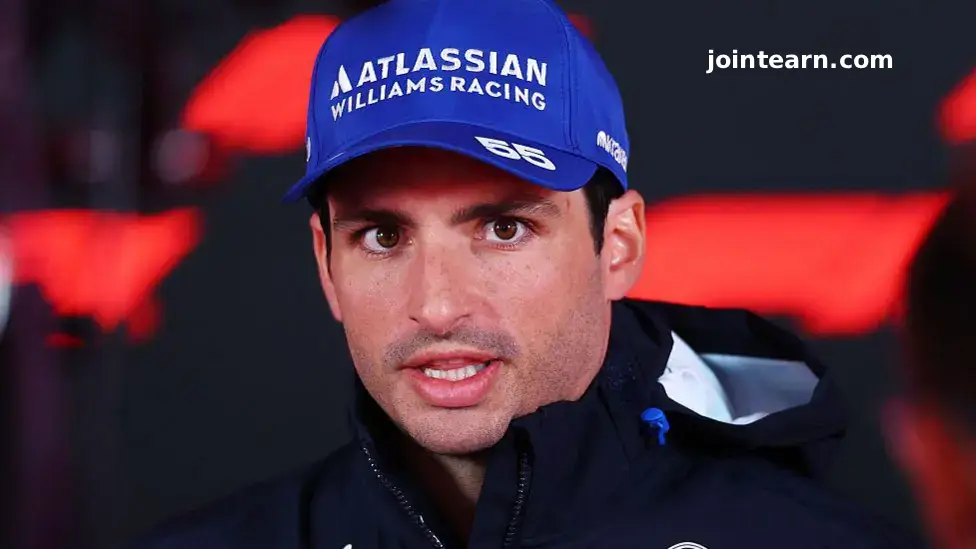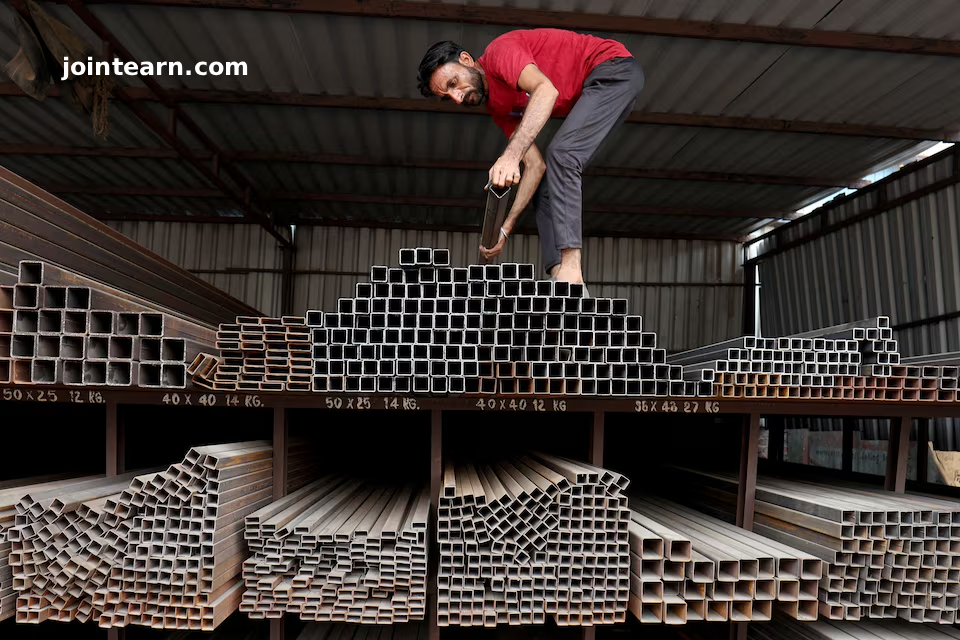
Carlos Sainz, Williams driver and director of the Grand Prix Drivers’ Association (GPDA), has called for an “urgent” meeting with the FIA regarding the interpretation of racing guidelines and the consistency of penalties in Formula 1.
Sainz’s call comes after the controversial 10-second penalty handed to McLaren’s Oscar Piastri during the Brazilian Grand Prix. The incident, which saw Piastri collide with Mercedes’ Kimi Antonelli, ultimately involved Ferrari’s Charles Leclerc. Sainz described the penalty as “unacceptable,” stating that Piastri “could have done nothing to avoid an accident there.”
Sainz Highlights Inconsistencies in Stewarding Decisions
Sainz pointed out multiple incidents from the 2025 season where penalties appeared disproportionate or unjustified. Among them:
- Collisions with Racing Bulls’ Liam Lawson at the Dutch Grand Prix
- Contact with Haas’ Oliver Bearman in Italy
- An incident with Kimi Antonelli in Austin
Speaking on media day ahead of the Las Vegas Grand Prix, Sainz said:
“I didn’t understand my Zandvoort penalty. I didn’t understand why Ollie got a penalty in Monza. And then the Brazil situation… There’s been not one but multiple incidents this year that for me are far from where the sport should be.”
The GPDA plans to meet with FIA stewards at the Qatar Grand Prix to review a “list” of incidents drivers feel require clarification, according to Sainz’s teammate Alex Albon.
Lock-Ups and Out-of-Control Interpretations
A key issue is how stewards interpret locked brakes during wheel-to-wheel racing. Piastri’s penalty in Brazil was due to not maintaining his front axle alongside Antonelli’s wing mirror and being deemed “out of control” due to a lock-up.
Sainz explained:
“Whenever we see a lock-up, a steward immediately interprets that as out of control. A lock-up does not always mean out of control. You can lock up and still make the apex.”
He emphasized that neither he nor Piastri lost control in these situations, yet stewards consistently applied the “out-of-control” penalty.
George Russell, Mercedes driver and fellow GPDA director, added:
“This corner in Brazil is cambered. The inside of the car is unloaded and that tyre is not even on the ground. It’s locking but the car is totally in control. Every corner, every circuit, every incident has to be judged individually.”
Drivers Seek Clarity and Consistency
The underlying issue, according to the GPDA, is that the FIA’s racing guidelines, released earlier this year, were interpreted strictly without sufficient application of common sense or driver experience. While the guidelines were created in consultation with drivers, they were not formally approved by the GPDA before publication.
Albon added that the FIA’s approach is collaborative, not adversarial:
“There’s no ignorance in their approach. It’s an open-minded ‘let’s work on this together and find a solution.’ Will it come to a clear rule set? I’m not sure.”
The drivers are advocating for clearer standards and potentially the introduction of a permanent set of stewards, which could improve consistency in future races.
Looking Ahead to the Las Vegas and Qatar Grands Prix
Sainz and his GPDA colleagues hope the upcoming discussions will clarify:
- How lock-ups and wheel-to-wheel racing incidents are judged
- What constitutes “out of control”
- Consistency in the application of penalties across different circuits
With controversial decisions already affecting race outcomes and championship standings, the drivers are pushing for reforms that could change how F1 is officiated in the 2025 season and beyond.
Sainz remains confident that constructive dialogue with the FIA can address these issues and ensure that racing standards reflect both safety and competitive fairness.

Leave a Reply